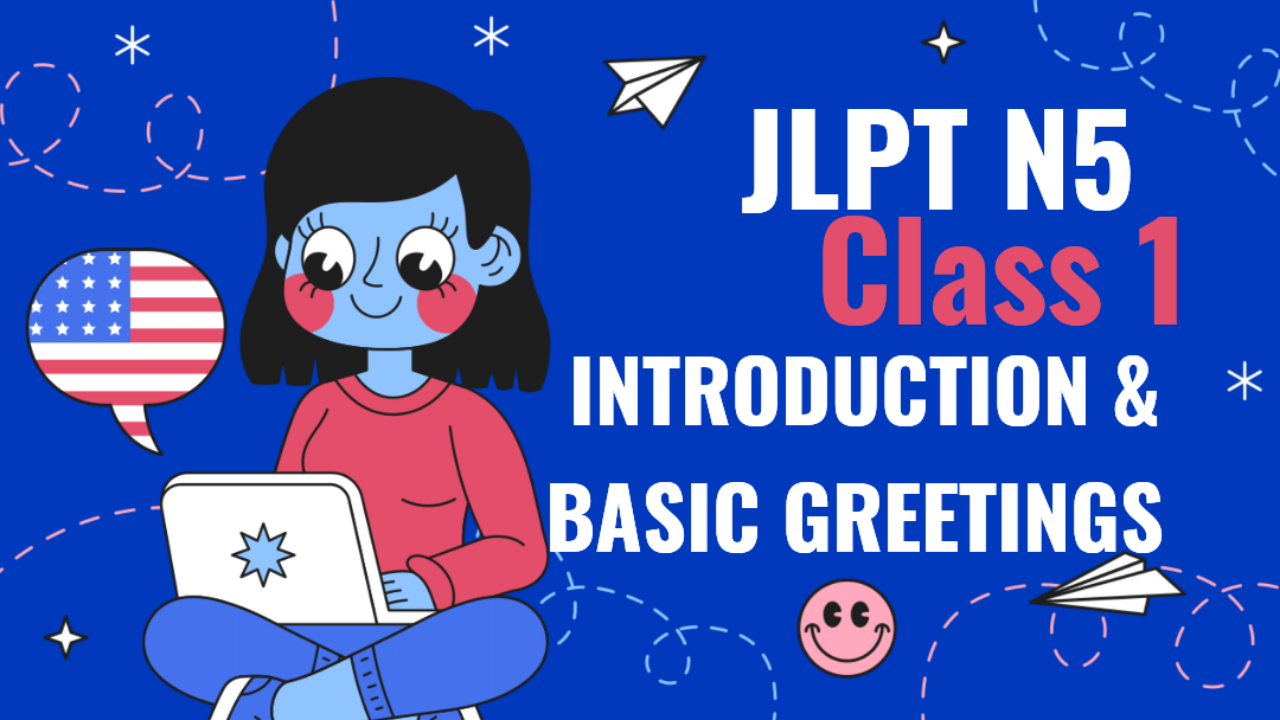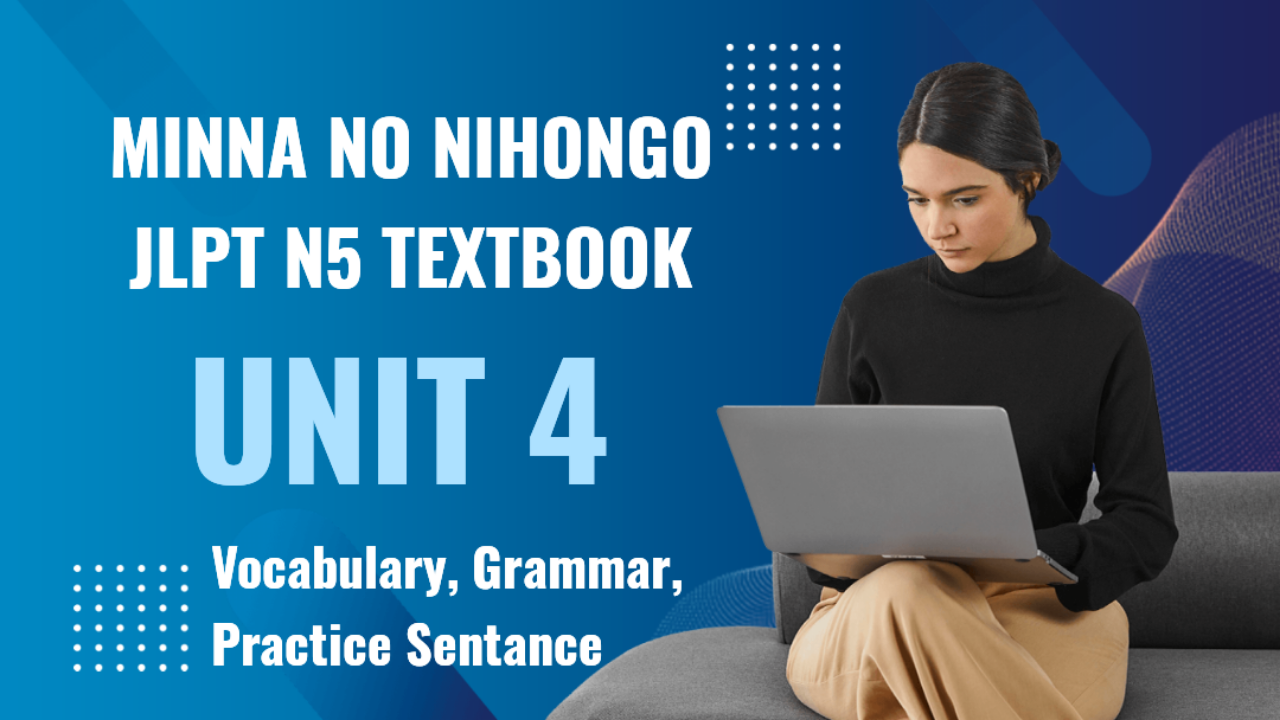IGNOU MBA MMPC-08: Information Technology for Managers
Unit 15: Emerging Trends in IT
Introduction
The rapid advancements in Information Technology (IT) continue to shape business environments, offering new opportunities for growth and efficiency. This unit explores emerging trends in IT, including cloud computing, blockchain, the Internet of Things (IoT), and quantum computing.
1. Cloud Computing
1.1 Definition and Importance
- Cloud Computing: The delivery of computing services (storage, processing, networking) over the internet.
- Importance: Reduces IT costs, enhances scalability, and improves collaboration.
1.2 Types of Cloud Computing
- Public Cloud: Services provided over the internet (e.g., AWS, Google Cloud).
- Private Cloud: Exclusive cloud infrastructure for organizations.
- Hybrid Cloud: Combination of public and private cloud resources.
1.3 Applications of Cloud Computing
- Data Storage: Cloud storage solutions like Google Drive and Dropbox.
- Software as a Service (SaaS): Applications like Microsoft 365 and Salesforce.
- Cloud Security: Protecting data in cloud environments.
2. Blockchain Technology
2.1 Definition and Features
- Blockchain: A decentralized ledger that records transactions securely.
- Features: Transparency, immutability, security, decentralization.
2.2 Applications of Blockchain
- Cryptocurrency: Bitcoin, Ethereum.
- Supply Chain Management: Tracking goods transparently.
- Smart Contracts: Automating agreements without intermediaries.
3. Internet of Things (IoT)
3.1 Definition and Significance
- IoT: Network of interconnected devices that communicate via the internet.
- Significance: Enhances automation, remote monitoring, and smart infrastructure.
3.2 Applications of IoT
- Smart Homes: Alexa, Google Nest.
- Healthcare: Remote patient monitoring.
- Industrial IoT: Predictive maintenance in factories.
4. Quantum Computing
4.1 Definition and Potential
- Quantum Computing: Uses quantum mechanics to perform complex computations.
- Potential: Solves problems beyond the capability of classical computers.
4.2 Applications of Quantum Computing
- Cryptography: Unbreakable encryption.
- Drug Discovery: Faster molecular simulations.
- Financial Modeling: Enhanced risk analysis.
5. Experiment: Implementing a Blockchain Ledger
5.1 Objective: Create a simple blockchain ledger using Python.
Python Code:
import hashlib
def create_block(previous_hash, transaction):
block = {'previous_hash': previous_hash, 'transaction': transaction}
block_hash = hashlib.sha256(str(block).encode()).hexdigest()
return block, block_hash
# Example transaction
transaction_data = {'Sender': 'Alice', 'Receiver': 'Bob', 'Amount': 100}
block, block_hash = create_block('0000', transaction_data)
print("Block:", block)
print("Hash:", block_hash)
6. Assignment Questions
- Define cloud computing and explain its types.
- What are the key features of blockchain technology?
- How does IoT impact business operations?
- Explain the applications of quantum computing.
- Discuss the role of smart contracts in blockchain.
7. Self-Study Questions
- What are the advantages of hybrid cloud computing?
- How does blockchain improve cybersecurity?
- Explain the working principle of IoT devices.
- What are the ethical concerns related to AI and IoT?
- How does quantum computing differ from classical computing?
8. Exam Questions
Short Answer Questions:
- Define emerging IT trends.
- What are the benefits of cloud computing?
- Explain the role of IoT in healthcare.
- What is a smart contract?
- How does quantum computing impact financial modeling?
Long Answer Questions:
- Compare and contrast blockchain and traditional databases.
- Discuss the impact of IoT on supply chain management.
- Explain the challenges associated with implementing cloud computing.
- How can businesses benefit from quantum computing?
- Describe the future prospects of IT trends in business management.
Conclusion
Emerging IT trends like cloud computing, blockchain, IoT, and quantum computing are revolutionizing industries. Understanding these technologies enables businesses to innovate, improve efficiency, and gain a competitive advantage.
Unit 15 on "Emerging Trends in IT" has been documented with detailed explanations, experiments, assignments, self-study questions, and exam questions. Let me know if you need any modifications or additional details!
Tags
MMPC 08





















